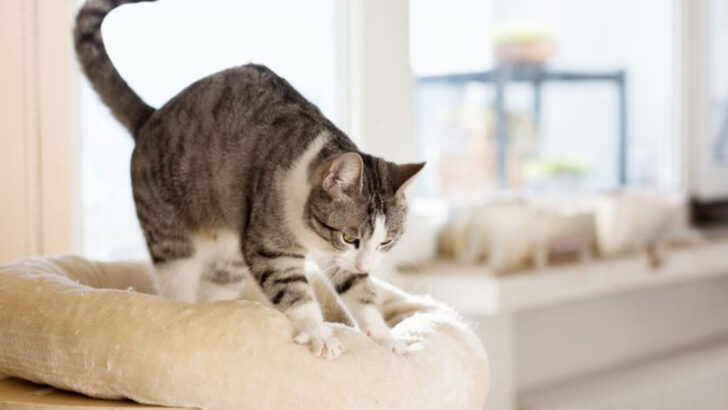They look like tiny bakers—but there’s a lot more going on under those paws. If you’ve ever watched a cat rhythmically push their paws into a blanket, your chest, or a helpless dog, you’ve witnessed one of the strangest, sweetest mysteries in the feline world: kneading. It’s oddly cute. Weirdly specific. And somehow universal among cats everywhere. But why do they do it? Is it instinct? A memory? A secret message from the ancient cat council? Turns out, this quirky little paw dance comes packed with emotion, scent-marking, and maybe even a dash of childhood nostalgia. And while some reasons are as heartwarming as a fresh batch of biscuits, one might just leave you raising an eyebrow. Let’s break down the top reasons cats knead—and discover the unexpected truth behind those soft, squishy paws.
Comfort from Kittenhood

With a soft, rhythmic motion, kittens knead their mothers to stimulate milk flow. This comforting action often continues into adulthood as a soothing habit. Cats associate kneading with feelings of warmth and security, reminiscent of their early feeding days. When a cat kneads, it often purrs, creating a cozy environment. Picture a fluffy kitten, eyes closed, tiny paws methodically pressing into a blanket. It’s a heartwarming sight that reminds us of their gentle beginnings. For many, this behavior is synonymous with feline affection and trust, a gentle reminder of their connection to their maternal past.
Marking Territory with Scent

Cats possess scent glands in their paws, and kneading helps them mark territory. When a cat kneads, it’s not just about comfort; it’s also about claiming ownership. This instinctive behavior signals other animals that the area is theirs. Picture an adult cat, paws pressing into a soft surface, eyes focused. The act leaves behind an invisible marker made of pheromones. Kneading becomes a declaration of presence, a subtle yet profound way cats communicate their dominance. It’s a fascinating glimpse into their world, where scent plays a crucial role in social interactions.
Preparing a Cozy Nest
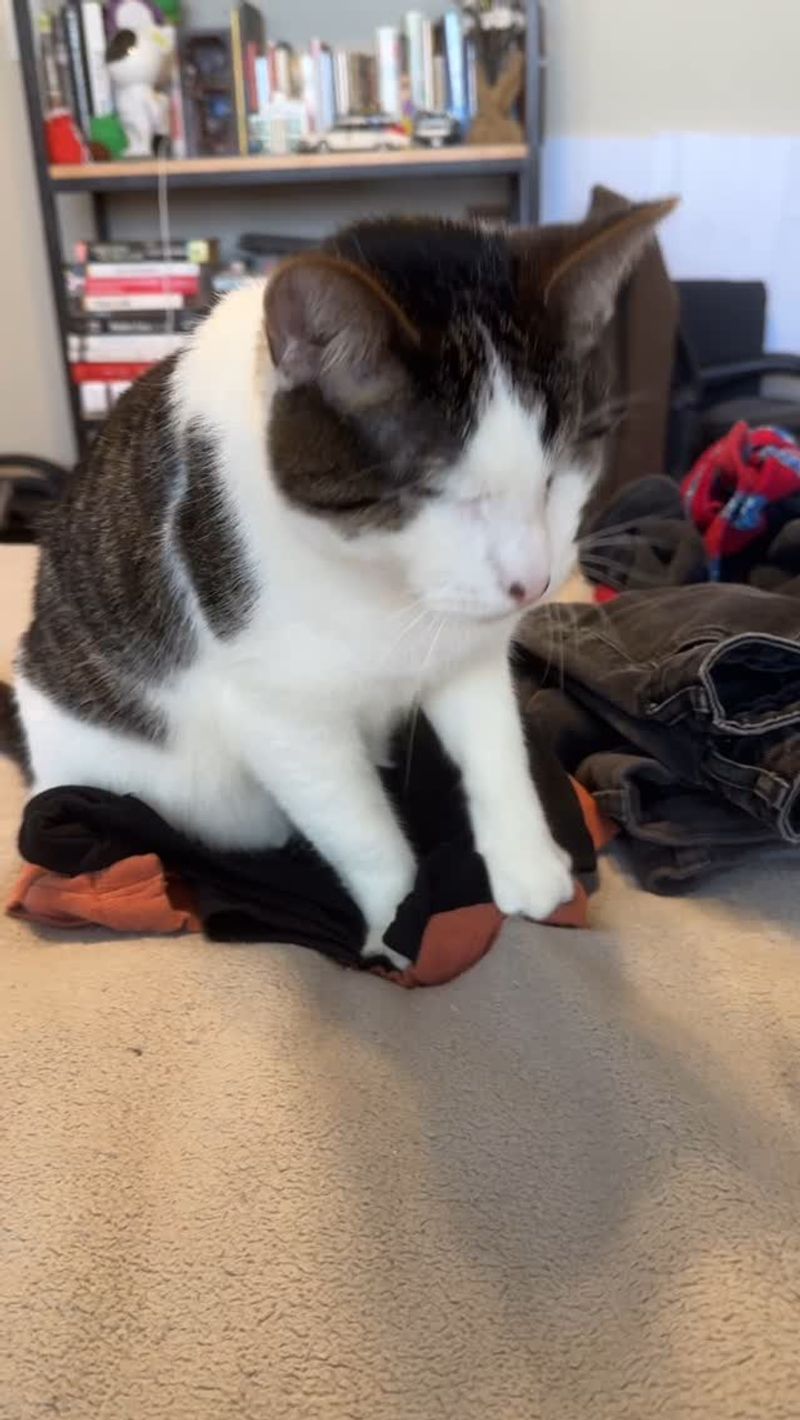
Ever noticed a cat kneading a soft surface before settling down? This behavior harks back to their wild ancestors who would knead grass to create a comfortable resting spot. Today’s domestic cats mimic this instinctual action, ensuring their sleeping place is just right. Imagine a cat lost in its world, kneading a fresh pile of laundry before curling up. It’s more than just preparation; it’s a ritual that signifies contentment and readiness for relaxation. This age-old habit showcases their connection to nature and survival instincts, albeit in a much more pampered setting.
A Display of Affection
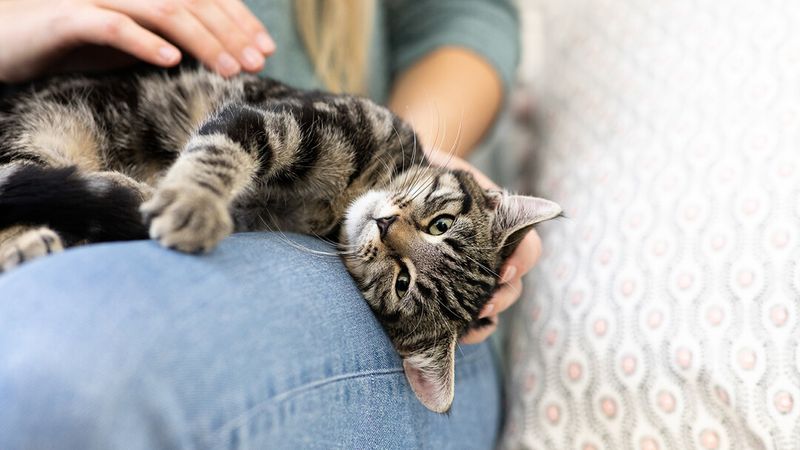
Kneading can be a cat’s way of expressing affection towards its human companions. Often, a cat will knead on a person’s lap, signaling trust and love. It’s akin to a gentle massage, a true testament to the bond shared. Picture a cat, eyes half-closed, lost in the rhythm of kneading its owner’s lap. This act is as much about the present relationship as it is a comforting memory. Through kneading, cats communicate their attachment, a tender gesture that warms the heart of anyone lucky enough to experience it firsthand.
Stretching Muscles
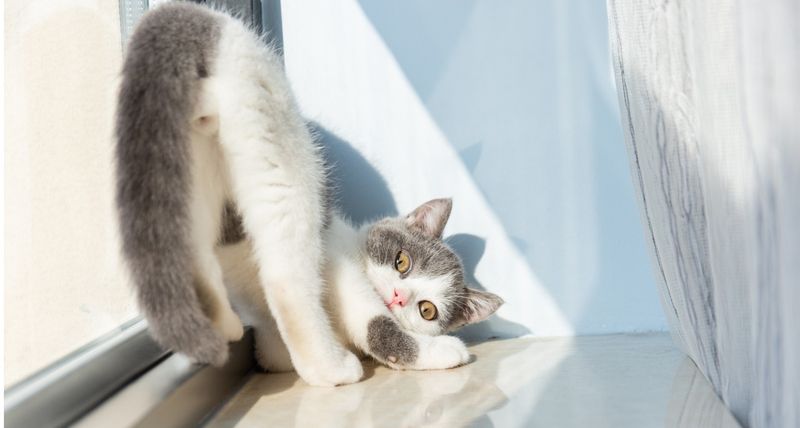
Kneading serves as a delightful way for cats to stretch their muscles. After a long nap, a session of kneading helps them limber up. This behavior is similar to humans stretching upon waking. Imagine a sunlit windowsill, a cat kneading while stretching its body, relishing the warmth. The action is both practical and pleasurable, allowing them to maintain flexibility and comfort. It’s a charming sight that combines necessity with leisure, perfectly embodying a cat’s lifestyle. Through kneading, they address their physical needs while indulging in a moment of pure feline joy.
Relieving Stress and Anxiety
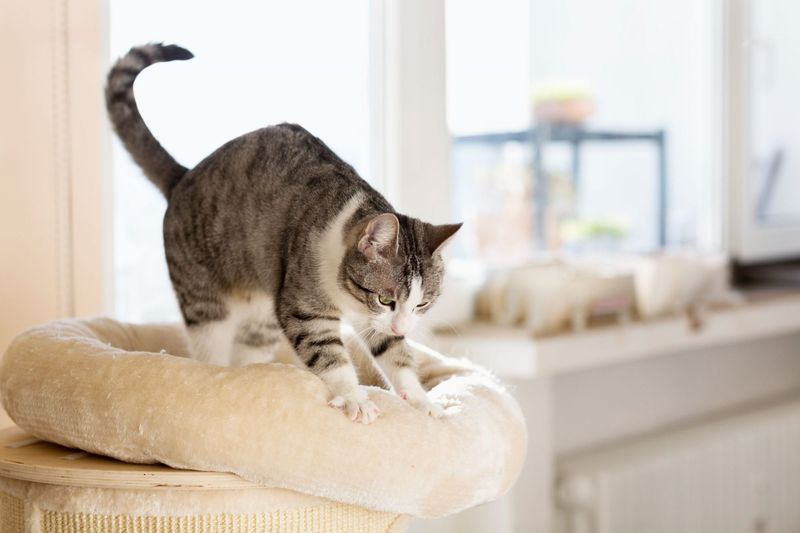
For some cats, kneading acts as a mechanism to relieve stress and anxiety. The repetitive action can soothe frayed nerves in tense situations. Picture a nervous cat, eyes wide, kneading a soft pillow to find calmness. This action acts like a security blanket, helping them cope with unfamiliar environments or changes. Kneading becomes more than just a habit; it transforms into a therapeutic exercise that aids their emotional well-being. It’s an endearing testament to the complex inner lives they lead. By kneading, cats find solace, reminding us of their sensitivity and need for comfort.
Showing Contentment and Happiness
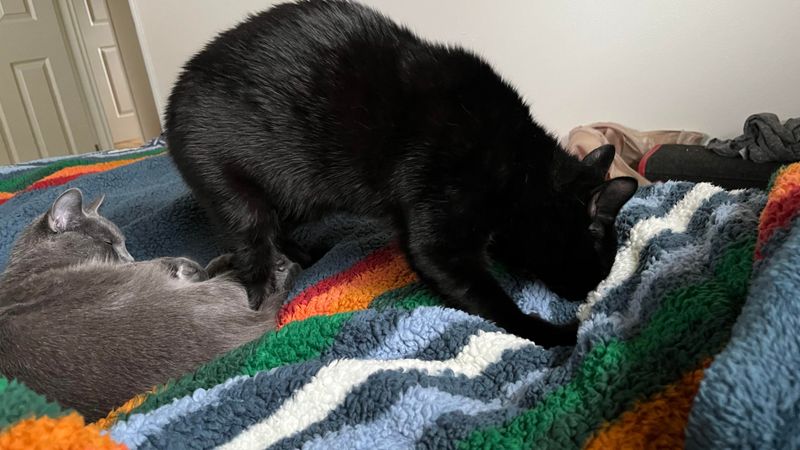
A purring cat, content and happy, often kneads as a visible expression of its well-being. When a cat is truly at ease, it will knead as if in a state of bliss. Imagine a cat on a plush bed, purring loudly, paws rhythmically moving. This act is synonymous with feline joy and satisfaction. It’s a moment of pure contentment, where every knead speaks of happiness and trust in its surroundings. Through this gentle action, cats convey their serene state, offering a glimpse into their joyful world, an uplifting reminder of the tranquility they find in life.
Habit from Wild Ancestors
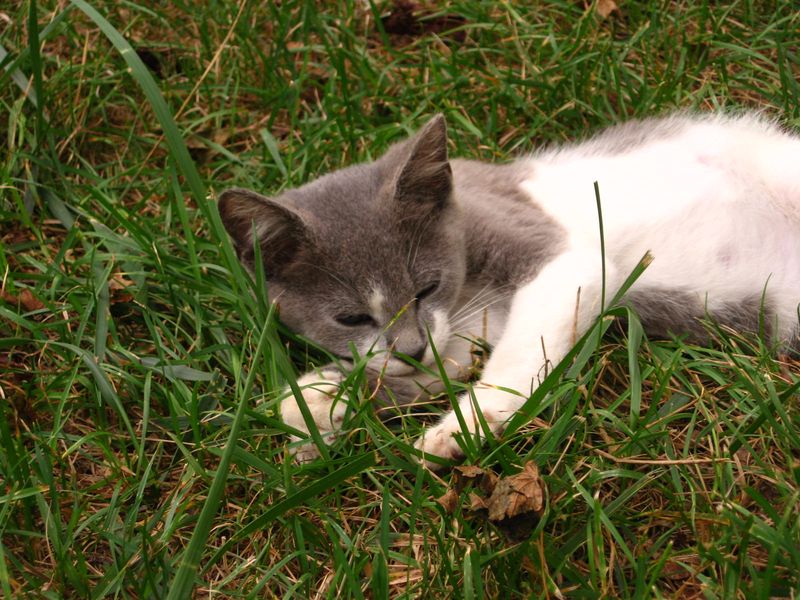
Kneading is a behavior inherited from wild ancestors who would prepare their sleeping area by kneading down foliage. Modern cats still practice this in domestic settings. Picture a cat outdoors, pressing paws into a grassy patch, eyes scanning the horizon. This ritual connects them to their wild roots, an echo of survival techniques long past. It’s fascinating how such primal behaviors persist, aiding their instinctual need to ensure a secure resting place. Kneading bridges the gap between their feral past and present domestic comforts, a striking blend of history and habit alive in every feline.
Kneading for Mating Signals
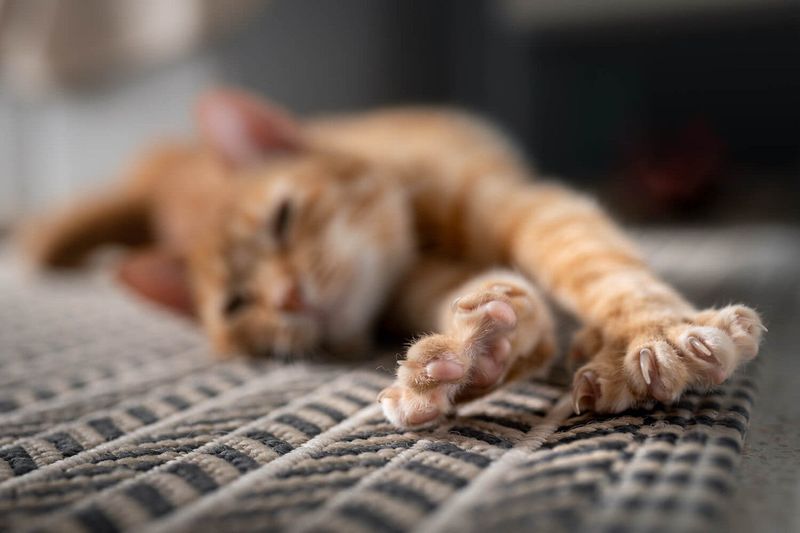
In some cases, kneading signifies a female cat’s readiness to mate. This lesser-known aspect of kneading can communicate fertility signals. Visualize a female cat engaging in this behavior, her posture subtly inviting. It’s a natural part of their reproductive cycle, a way to attract potential mates. While not as common in domestic settings, this behavior highlights the multifaceted nature of kneading. It’s an intriguing aspect that ties into their biological imperatives. Understanding this adds a layer of complexity to a seemingly simple action, reminding us of the intricate world of feline communication.
Surprising Fact: Kneading for Medical Benefits
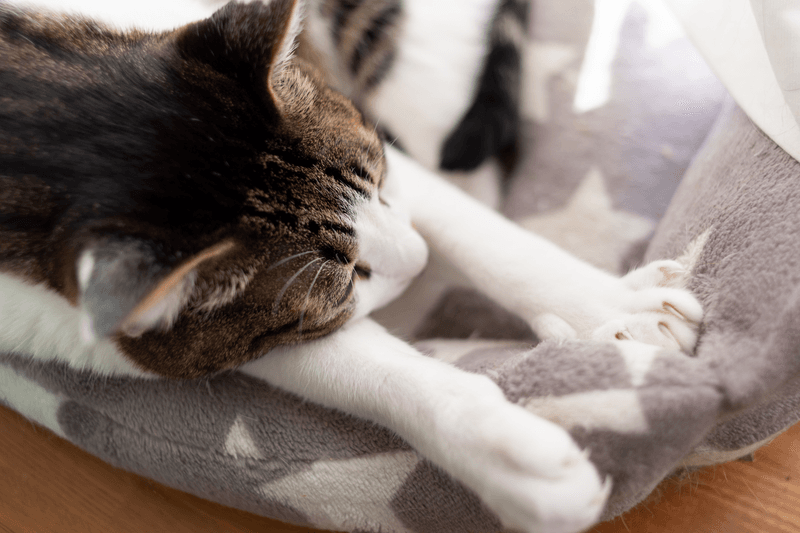
The surprising reason cats knead involves activating pressure points similar to acupuncture. This action might provide them with physical benefits akin to those humans receive from massage or acupuncture therapies. Envision a cat, paws methodically pressing, achieving a state of relaxation. The theory suggests that kneading helps circulate blood and relieve tension. It’s a surprising twist to a familiar behavior, offering potential health benefits. This unique insight into kneading highlights its complex nature. It opens up possibilities for new research into how such actions might contribute to feline well-being beyond simple comfort.

